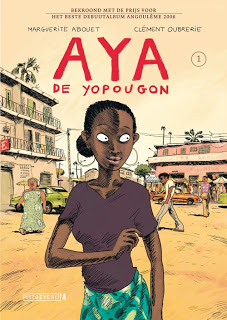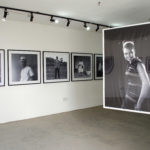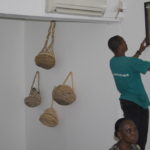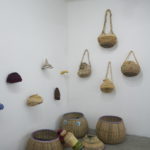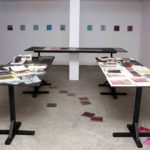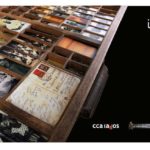The African comic is doing well with artists active throughout the continent, comic festivals being organized and many comic magazines published. Examples of this and their impact can be seen in countries such as Senegal which broadcasts a popular television series based on a comic character (Googoorlu). In South Africa, the life of Mandela has been told in comic form, whilst in Ethiopia comics are used to warn soldiers about the dangers of AIDS. More than any other media – apart from the current wave of video coming out of Nigeria and other African countries – the African comic is a reflection of Africa’s contemporaneity, especially its political and social reality. The successful comics series ‘Aya de Yopougon’, written by Ivorian artist Marguerite Abouet, is a soap in drawings, with love, arguments and adultery taking the centre stage. Yet this comic is set in the tranquil Seventies of the last century, when civil war in Ivory Coast was still very far away.
In many countries, comics can be produced at a very low cost, they do not need academic or professional training and can communicate at a level accessible to all. These are factors that make this medium widely accessible in the absence of adequate artistic infrastructure. However the lack of distribution channels and more specifically funding has meant that the sector is yet to reach its potential.
Artists included in the exhibition are Themba Siwela [South Africa], Pahé [Gabon] Patrick Essono, alias Pahé, Frank Odoi [Ghana], Didier Kassaï [Central African Republic], Eric Andriantsialonina, alias Dwa, Didier Kassaï [Central African Republic], Bob Kanza [Congo], Tayo Fatunla [Nigeria], Ramón Esono Ebalé [Equatorial Guinea], Adjim Danngar [Chad], Farid Boudjellal [Algeria], Marguerite Abouet [Ivory Coast], Bob Kanza [Congo], Barly Baruti [Democratic Rep. Of Congo], Karliendo Villiers [South Africa]



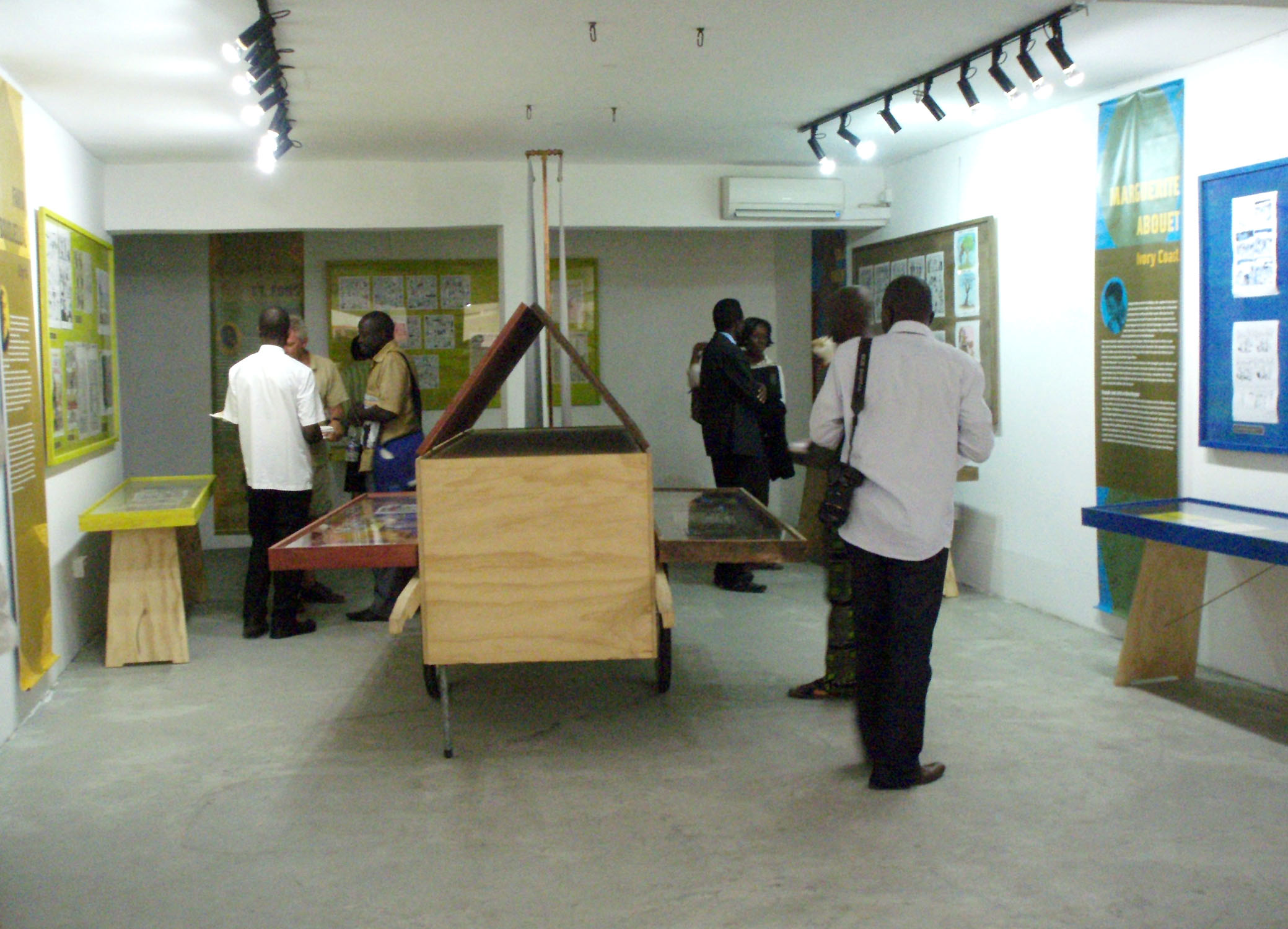
OLYMPUS DIGITAL CAMERA

